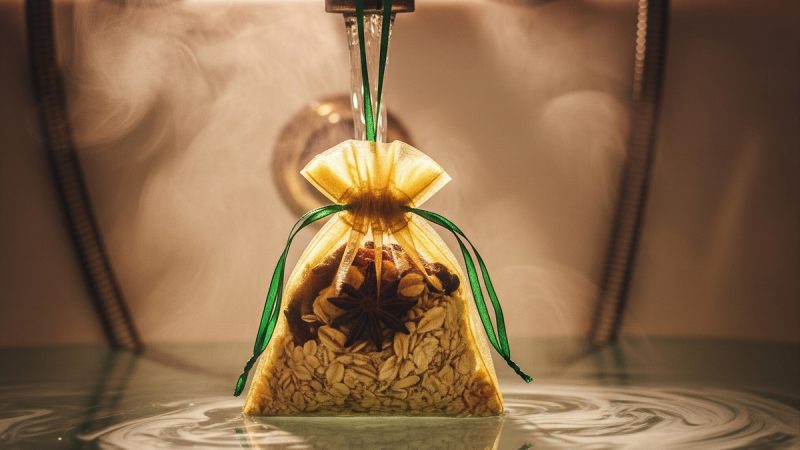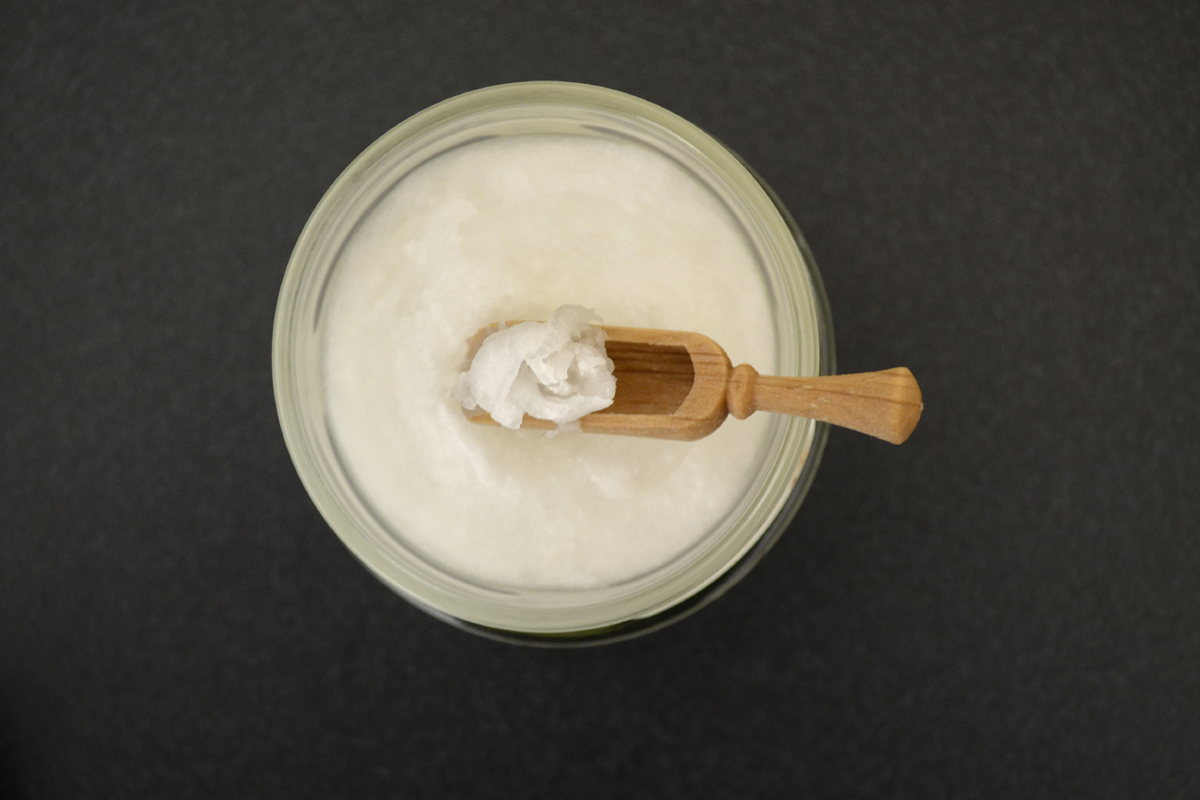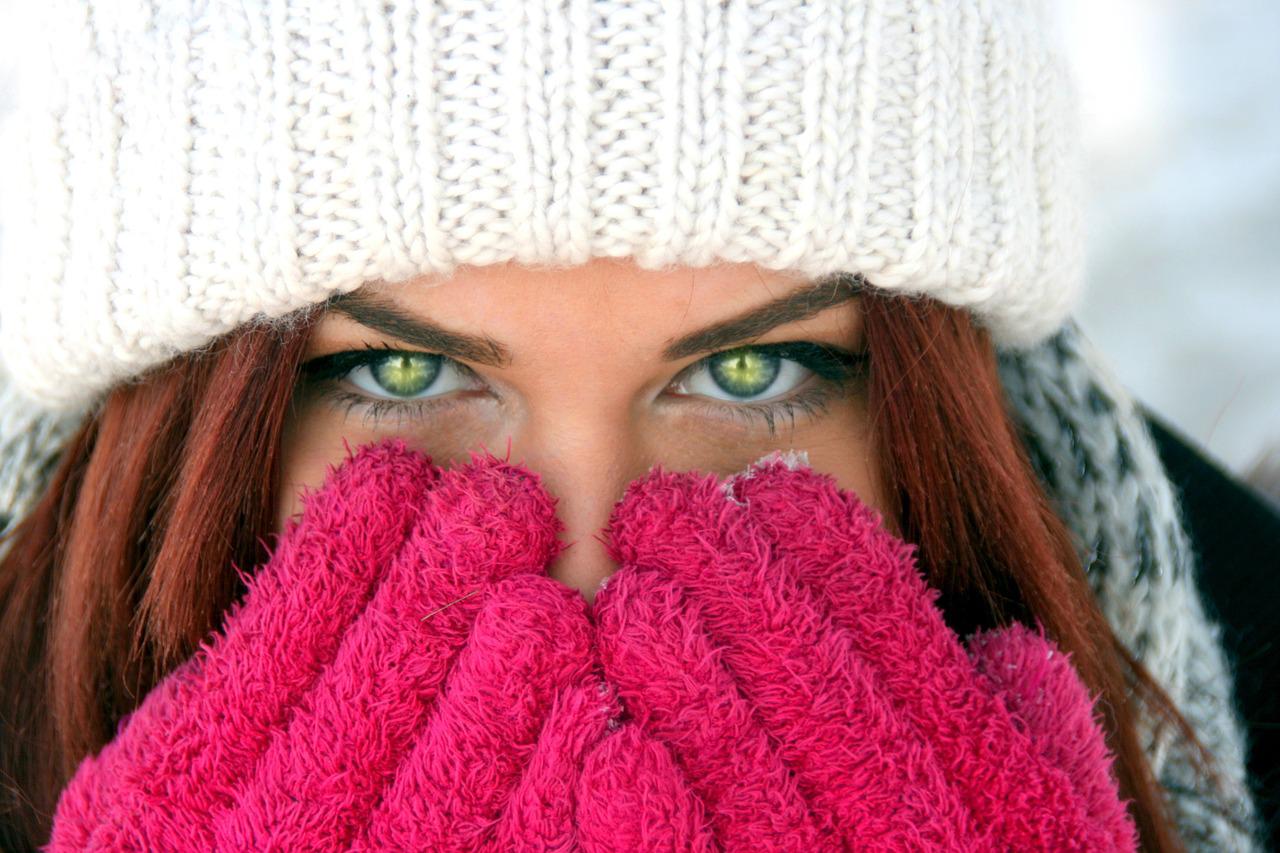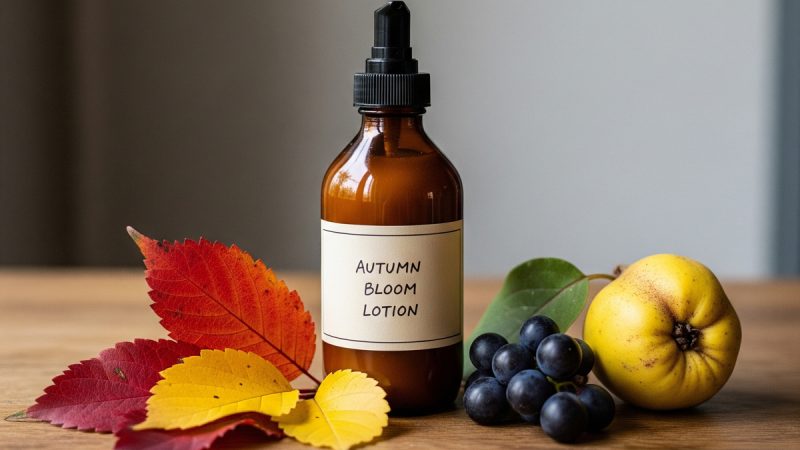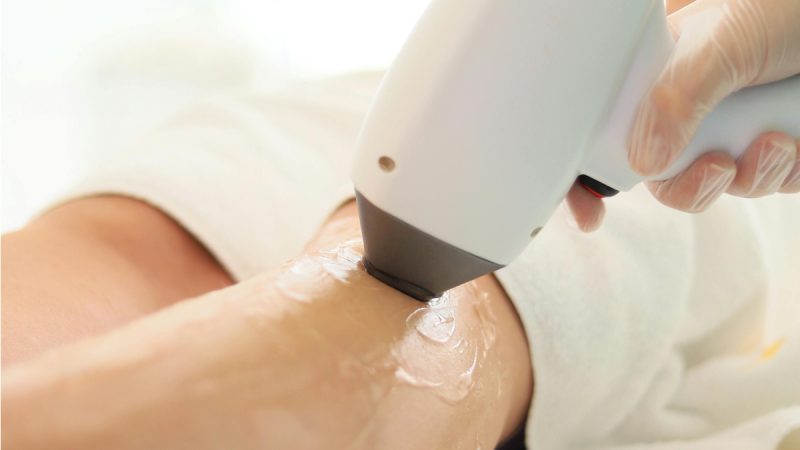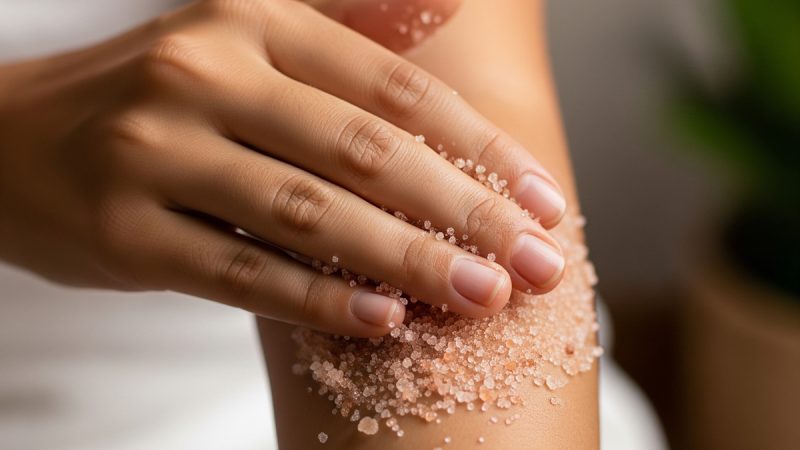Ayurveda Can Help You Look Beautiful
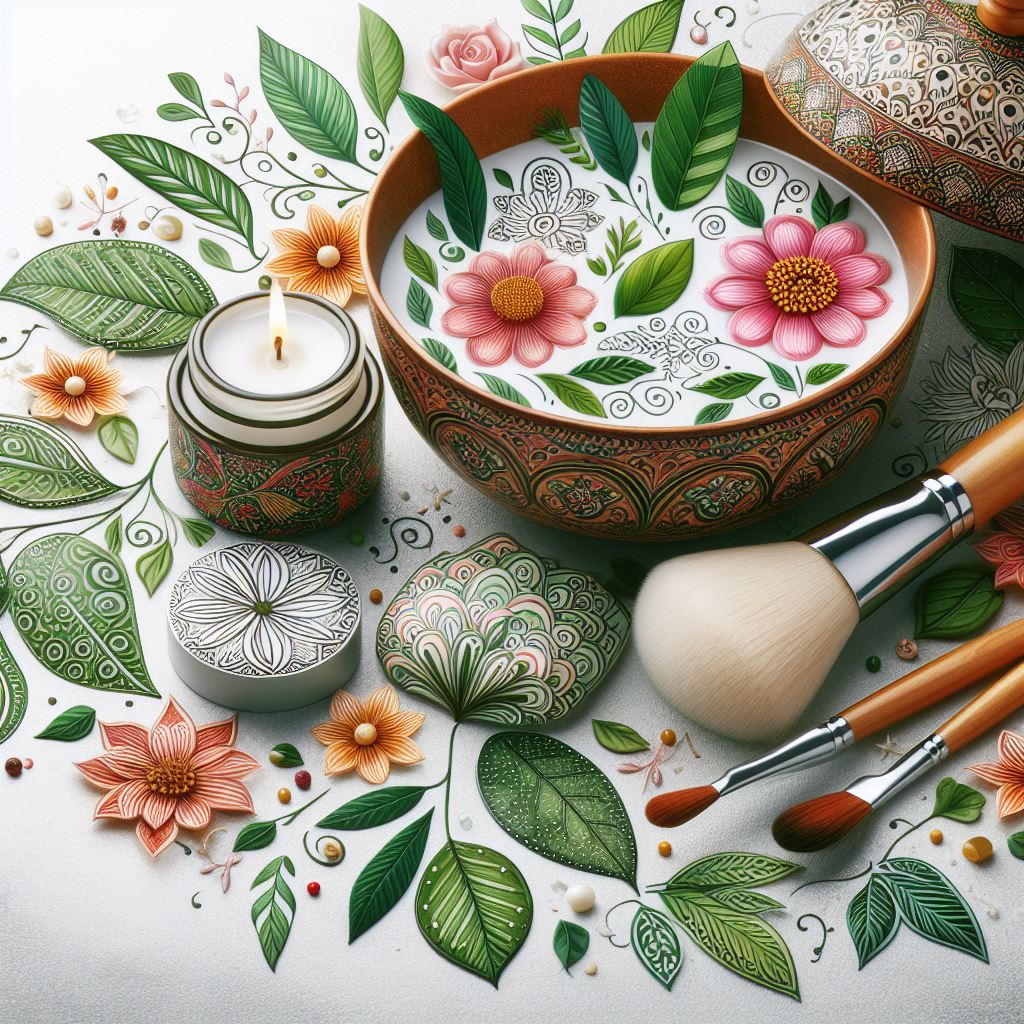
In the spring, Kapha dosha tends to escalate in most people’s physiologies, giving rise to Kapha-related skin problems such as excessive oiliness, breakouts and a lack of clarity.
Cleansing and rejuvenation are the Ayurvedic keywords for spring. Spring skin care, in keeping with this overall theme, focuses on deep-cleansing, exfoliation and gentle nourishment to prepare the skin for the hotter months to follow.
Here are some Ayurvedic skin-care tips to avoid Kapha-related skin problems and to keep your skin looking radiantly fresh, clear and alive:
Stringent cleansing, at least twice a day, is crucial. Choose a cleanser that is right for your skin type. Avoid harsh cleansers in general, and aim for purification while maintaining the moisture balance of your skin. To make your own cleanser for dry or normal skin, mix together 2 tablespoons of almond meal, 2 tablespoons coarse oatmeal and a few drops of rosewater in milk or cream to form a smooth paste.
For oily skin, blend together:
2 tablespoons coarse oatmeal, 2 tablespoons Bentonite clay, 1 teaspoon lemon peel powder, 1/4 teaspoon neem powder in fresh yogurt or water. Apply the cleanser in smooth upward strokes to face and neck. Wait for 3-5 minutes; then rinse off with lots of tepid water.
Once a week (twice a week if you have water or earth predominant Kapha skin), treat your facial skin to at-home herbal steam therapy before you cleanse. The herbal steam treatments will help release deep-seated toxins and clear the channels of the skin, giving it room to breathe freely. Choose herbs based on your skin type: lavender flowers and rose petal powder, for example, work well for dry or normal skin, and neem powder, citrus peel powder and holy basil powder for oily skin. Add the herbs to a bowl of boiling water. Make a tent with a towel and hold your face and neck above the steam for 8-10 minutes. Follow with an appropriate cleanser.
Oily skin can also benefit from a quick daily exfoliation with neem tea. Steep 1/4 teaspoon neem leaves in a pot of boiling water. Dip a washcloth in the infusion once it has cooled a little and dab your skin with the washcloth. Dip, squeeze and dab several times and then follow with an appropriate toner. Make sure the cloth is at a comfortable temperature before applying it to the skin.
For all-body exfoliation, use a mix of four parts chickpea flour or coarse oatmeal and one part sandalwood powder, blended in a little milk or water and a few drops of rosewater. Apply the paste to wet skin, gently scrub rougher areas such as knees, elbows and feet with a washcloth, and rinse off with plenty of tepid water.
>> Facial Cleansing for Specific Skin Types
Nourish your skin with a light application of a natural herbal moisturizer. Botanicals such as Indian Sarasaparilla, Manjistha, Marshmallow root and Turmeric are both cleansing and nourishing.
Cleansing from within is also important, to help purify the sweat glands and blood. Eat cleansing vegetables high in water content. Eat lots of sweet juicy fruits. Eat lighter foods and avoid rich sweets and deep-fried foods or heavy cheeses, especially if your ski tends to be naturally oily, as these types of foods will clog the channels further and lead to breakouts.
Drink lots of pure water everyday. Warm water is especially good for regulating elimination and cleansing toxins from the physiology. Spice-spiked detoxifying teas are even better. Basic cleansing spice teas can be made with a teaspoon each of cumin seed, coriander seed and fennel seed in one quart of water. Drop the spices into boiling water, then turn off the heat and let steep for 15 minutes. Sip the tea through the day.
Eat lighter foods in general-whole grains such as quinoa or amaranth, spring vegetables such as asparagus, baby greens and carrots, and skin-friendly spices such as turmeric and cumin cooked into foods.
The pre-bath warm oil ayurvedic self-massage, called abhyanga, is a must-do in spring. The massage not only keeps your skin silky-smooth, it also tones the muscles, calms the nerves and aids circulation, besides helping to release deeply embedded toxins. Choose a massage oil that works for your skin type-almond or jojoba for Vata skin, coconut for Pitta skin and olive or sesame for Kapha skin.
Protect your skin from the elements and from environmental pollution that can aggravate Kapha-related skin problems. Do not wear chemical-based make-up or use skin care products that contain harsh chemical ingredients as these ingredients contribute to toxic build-up in your body and in your skin.
Note: This information is educational, and is not intended to replace standard medical care or advice.
The Author:
Shreelata Suresh is a yoga instructor from the Bay Area. She writes for various publications on yoga and Ayurveda.
Photo. MSAI

